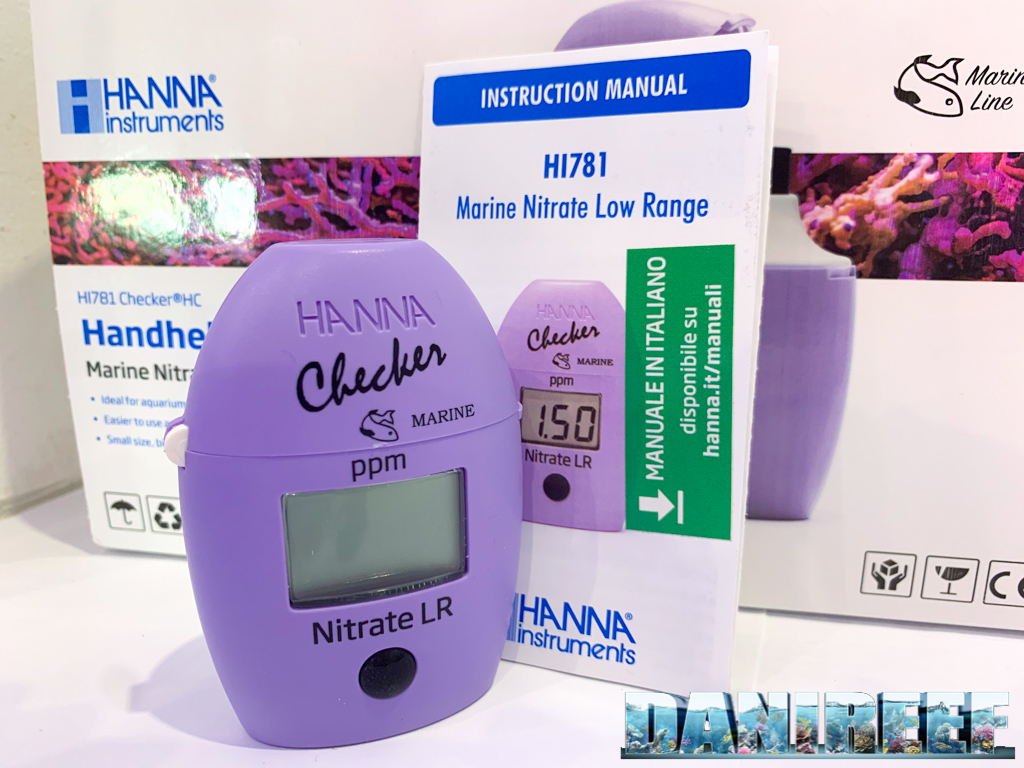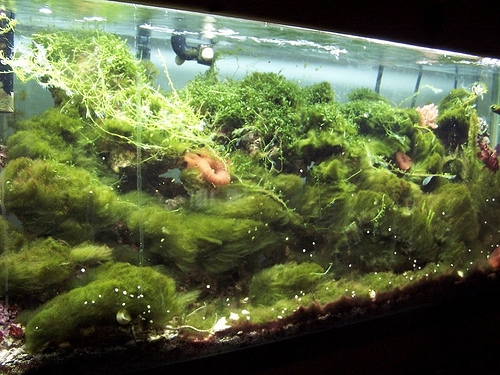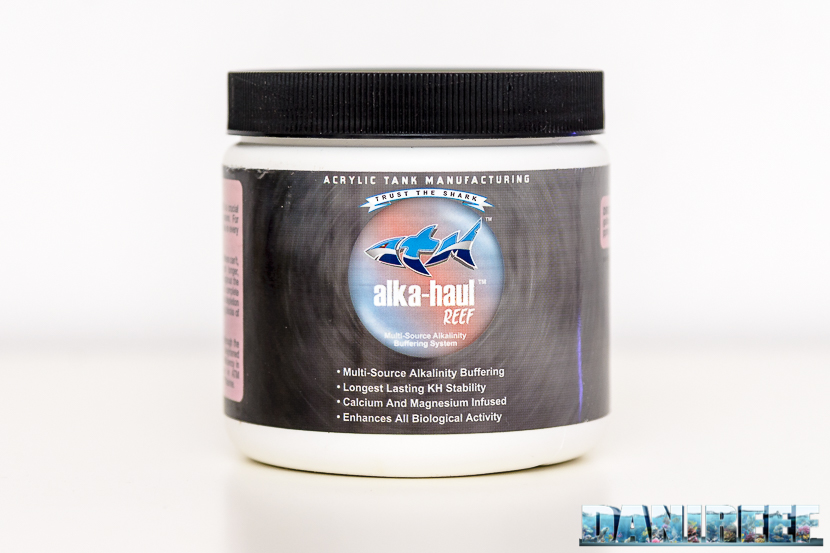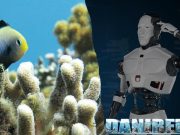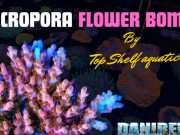Nitrite and Nitrate test (fresh and marine water)
This test is very important, as it tells us about our tank filter ability. Moreover, it is a very good idea to use the same reagents for two different tests. Once our tank is mature we won’t need to measure NO2 (Nitrite) that often, and we wouldn’t really like to throw away full reagent bottles after the 6 months expiration time, when we will still be interested in measuring nitrates! The reagents should last for about 40 uses, one test every 4-5 days.
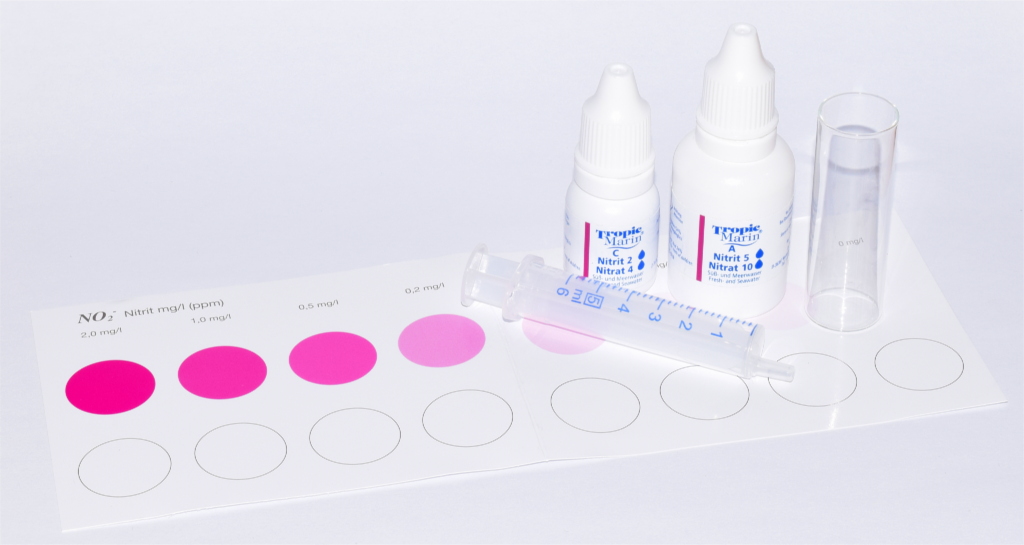
Tropic Marin suggests, for freshwater tank, a NO2 concentration between 0.02-0.1 mg/l with a maximum level of 0.5 mg/l. For marine tanks the maximum value should be 10 times lower, below 0.05 mg/l, almost impossible to measure.
As for NO3, 20 mg/l is the maximum level suggested in freshwater tanks, with some animals being able to tolerate up to 80 mg/l. In a marine tank the limit for a fish only tank is 20 mg/l, and 10 mg/l for corals. Actually, all of DaniReef staff feels like suggesting much lower nitrate levels (1-2 mg/l) to obtain best colouration of SPS corals (small polyp stony corals).
The Nitrite test is a bit more complex than the first two: after filling the cuvette with the 5 ml tank water, we add 5 drops of the reagent A, gently shake the cuvette and wait 3 minutes. We then add 2 drops of reagent C (jumping the B reagent which we only use for nitrate) and gently shake again. At this point we can compare the cuvette water colour with those printed on the relevant sheet. We have asked ourselves why in this case the colour sheet doesn’t look like the one for the pH test, where you can place the cuvette in an appropriate circular space in a coloured square. Here you have to compare colours from a more distant white circle, and we think this is less intuitive.

The nitrate test has a similar procedure, with the addition of a small spoon of reagent B between the A and C, which are used with a double dose than for the nitrite. After waiting for 3 minutes, we can compare the colours as usual. The scale seems very well done, with a good values range: <1, 2, 5, 10, 15, 30, 50, 100. We think it is a good precision for marine tanks where we are usually interested in the lower values of the scale to evaluate our tank condition.
Regardless the expiration date is given after 6 months from the opening, we have a D reagent bottle which allows us to verify the state of the reagents. After reading a value below 5 mg/l we could wonder if our reagents still work properly. In this case we can repeat the test adding 5 drops of reagent D to our tank water. If the test results are at least 30 mg/l higher we can consider our reagents good and still working, this means that the value we read earlier was correct.
Ammonium and Ammonia test (fresh and marine water)
Ammonia concentration in marine tanks should be very very low (<0.05 mg/l, which is the first value of this test). Higher values are dangerous for all animals and a consequence of something not working properly. In a mature tank we don’t need to monitor ammonia often, as it should stay close to zero. That is why we don’t mind that the reagents last only for 30 uses and expire one year from opening. We think two measurements per month should be more than enough.
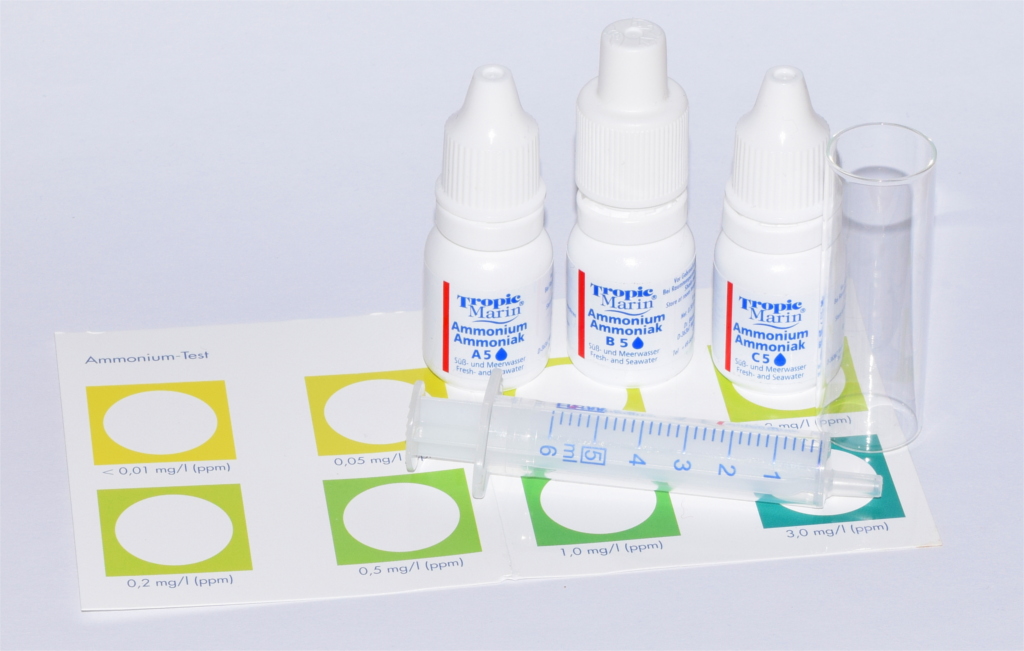
This test is not easy like the first two we saw, but still very straightforward. After adding the 5 ml tank water in the cuvette we add 5 drops of the first reagent, then 5 drops of the second and 5 of the third, gently shaking the cuvette between each reagent. After 5 minutes we can proceed with the colour comparison similar to that of the pH. Here the water colour should be easy to place in the right value. The scale goes from 0.01 mg/l to 3 mg/l as a sum of ammonium and ammonia values, it is divided in 8 values with a higher precision on the lower end of the scale (more values).
Tropic Marin tells us that the component dangerous for animals is the ammonia, and it gives us a chart to convert the measured value (ammonium + ammonia) to only ammonia, just in case we found a value higher than 0.5 mg/l. This depends on temperature and pH, which we should know in order to convert the values on the chart.
Final considerations
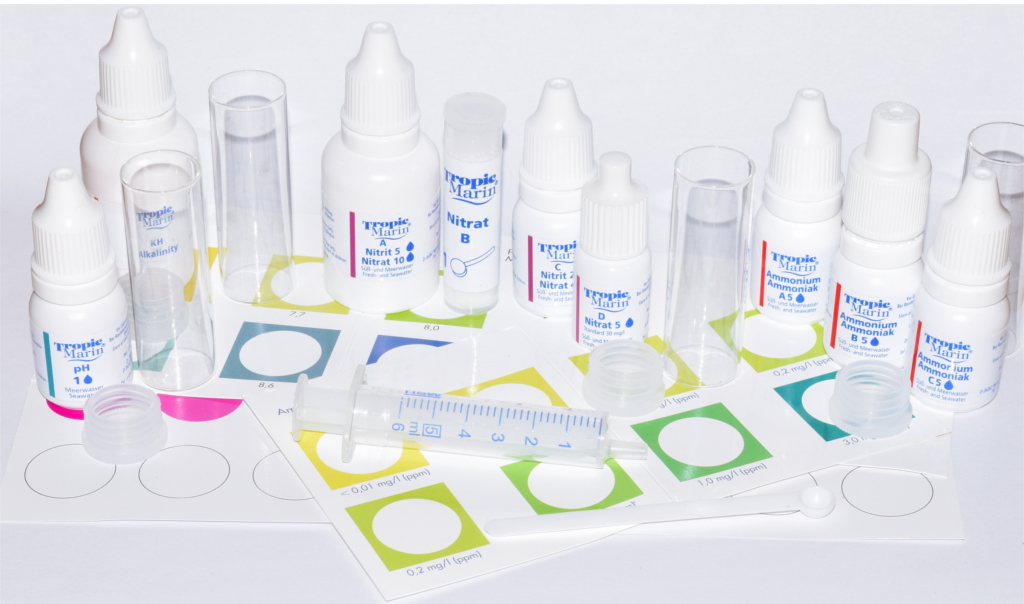
The Tropic Marin Expert Testset price is very interesting as the tests included cover a good proportion of all tests a good marine hobbyist should have. Only magnesium, calcium and phosphates are missing here. We also like that it is all included in a fairly small box, with only one instruction booklet and one syringe to take water from the tank, which results in less objects to clean after use. On the contrary, we are given 4 different cuvettes for conducting more tests at the same time and maximize their efficiency. The test have a good quality and are relatively easy to use, for example we really liked that we always need the same amount of water for each test, so we can fill all the cuvette first and then proceed with the test at our desk. The only less accurate test is the dKH and we think for this reason Tropic Marin has produced the new “professional” one. The ammonia test is the less useful one, but for this reason it is given in a smaller version for 30 measurements.
All reagents last one year after opening apart from Nitrite/Nitrate, for which we can verify the reliability with the control reagent.
We will give you more detailed information on the efficiency of the tests contained in Tropic Marin Expert Testset soon.



